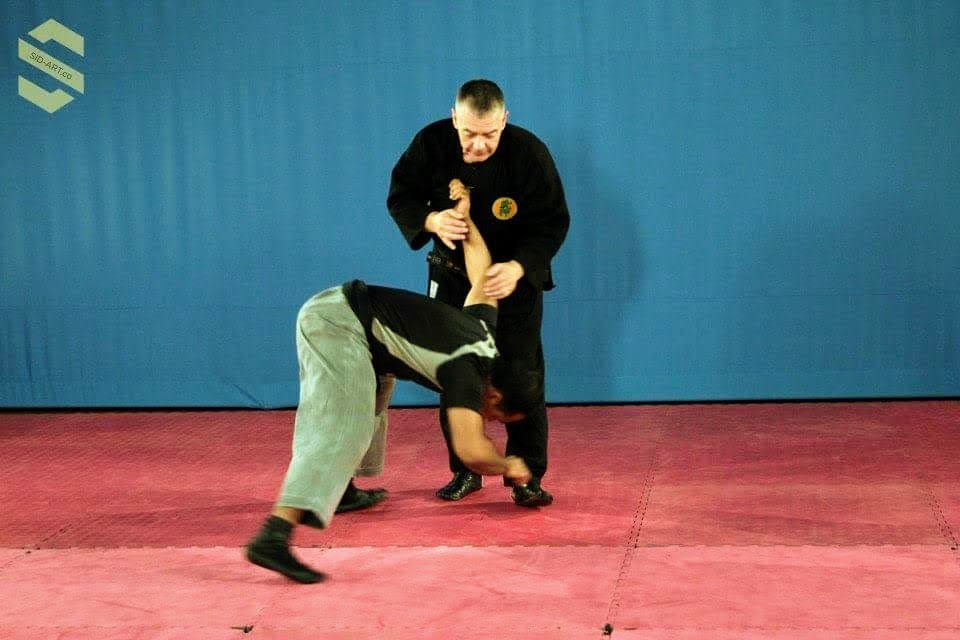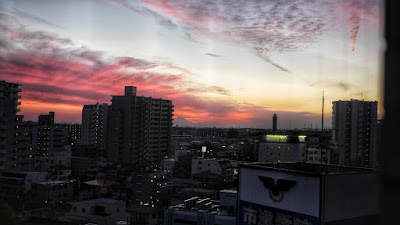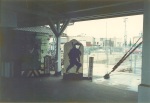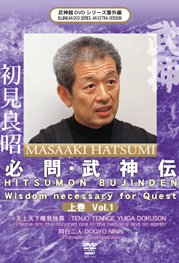Japan Report Eleven 令和5年
From Bujinkan Santa Monica by Michael
 |
| 下谷神社 Shitaya
Jinja, photo by Michael Glenn |
I got up early to catch the train into Tokyo. I headed to 下谷神社 Shitaya Jinja to fill in my 集印帳 shūin-chō stamp book. But I also wanted to purchase some 御守 Omamori as gifts for my students back home.
2024 is the year of the dragon and Shitaya Jinja has a bit of a dragon theme. You might remember on a previous visit I was very lucky to be invited to enter the 拝殿 haiden. There, on the ceiling, is a painting of a dragon by 横山 大観 Yokoyama Taikan that was commissioned by the parishioners. I thought my students would appreciate omamori with a dragon motif.
After my visit to Shitaya Jinja, I had another train ride all the way back out to Noda-shi, and the Bujinkan Honbu Dojo. The first class was with Noguchi Sensei, and I was definitely ready to hear his laugh. I heard him as soon as I opened the door of the dojo. I was the second student to arrive and Noguchi gave me a cheerful welcome before I even stepped over the threshold. We had a great class which I will review in a minute.
First, I had to go pack and catch a train to Haneda airport. The commute was crazy busy, with the windows all steamed up, and the cars swaying with the weight of our bodies smashed together. A young man next to me used his finger to make drawings in the window condensation.
At the airport I had a little time to kill before my flight. And I like to walk a lot before my 12 hour flight across the Pacific ocean. As I strolled around Haneda, I discovered they had installed a scale replica of 日本橋 Nihonbashi.
The bridge is made of Japanese Cypress and has many wonderful details you can study as you cross or walk underneath. From their description, “The wall is decorated with Edo period folding screens from the National Museum of Japanese History that depict various famous locations throughout Edo… This pair of screens is one of only few historical artifacts that depict scenes from the time that Edo was founded. “
Since I still had time before my flight, I reviewed my notes from Noguchi Sensei’s class. He trained on the 天之型 ten no gata section from 神傳不動流 Shinden Fudō Ryū and he embraced the idea of sudden change. If you’ve trained with him, you know he moves fast. He covered all of the kata from the section along with a bunch of his own henka.
As he began with 日撃 Nichi Geki he explored different levels. The normal, chudan level might use a strike to 七抜 shichibatsu to stop the opponent’s throw. But he also showed variations for the jodan and gedan levels. He told us to make sure everything you do is a kamae.
月肝 Gekkan was all about the rhythm. Noguchi Sensei interrupted the opponent’s attack with his kick, taking their rhythm away. That deft set up flowed into a take down.
When we got to 風靡 Fubi, he didn’t want to do the leaping 胴締 dōjime. Even though I know he is capable because I saw him do it many times over the years. But since he is now in his eighties, He had some creative ways to express the kata without the risk of that move.
He kept telling us to “embrace our opponent with a loving feeling.” But his embrace attacked 腰 koshi. And it also disguised a 足起拳 sokki ken to 鈴 suzu. He said you crush them down.
During 雪耀 Setsuyaku he applied a 逆背負投 gyaku zeoi nage. But he did it almost without touching. He would set of the form of the lock and then drop the power out to send his opponent flying.
When he did it on me, what I felt was very surprising. The lock confused my body structure. Then as he dropped out, I went flying even though it didn’t feel like he did anything. This gave me some ideas to work on when I return home.
With many of the techniques, but 霧散 Musan in particular, Noguchi Sensei would do the opposite of what you expect. The kata might say to take one side, but he would take the other. He would take one arm up, and one down. If you only take one, the opponent will sense what you are up to and try to counter.
Noguchi Sensei called one of his throws a 俵投げ tawara nage. This is like throwing a big bale of rice. He told us that one of the 47 Ronin was famous for doing this kind of throw.
You hoist them up and heave them over. For any normal person, it takes a lot of vigor to do a throw like this. But Noguchi Sensei did it without any force or power.
I really enjoyed Noguchi’s energy and good humor. He finished by rocking his uke with a 骨法拳 koppō ken where he swung the entire arm like a baseball bat. He laughed and said that he was like the baseball player, Shohei Ohtani.
As I strolled around Haneda, I found an installation of 絵馬 Ema. An entire wall strung with these prayer plaques. You can purchase your own plaque and write a wish or prayer on the back to add it to the wall. The described purpose of the installation is to help heal travelers from Covid. The Japan tourism business was hit hard when they closed their borders for almost 3 years.
I had a great trip with many adventures and training discoveries. But
every time I leave Japan I start making plans to return. You can expect
more Japan Reports from me soon.
…













